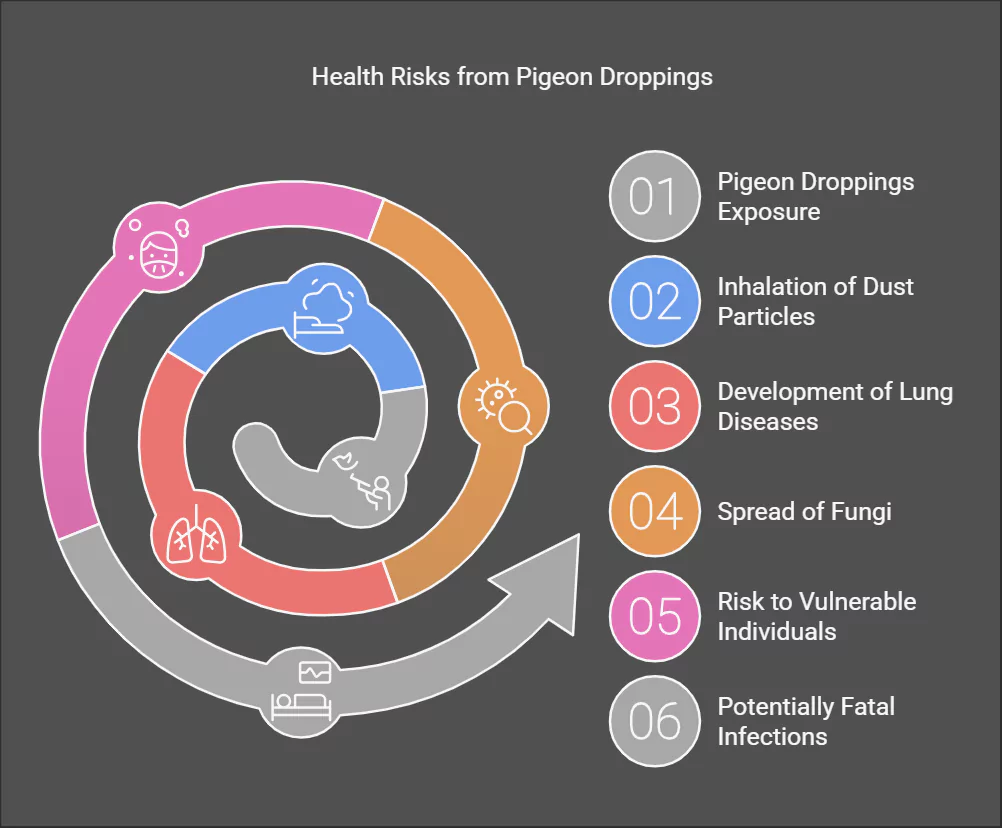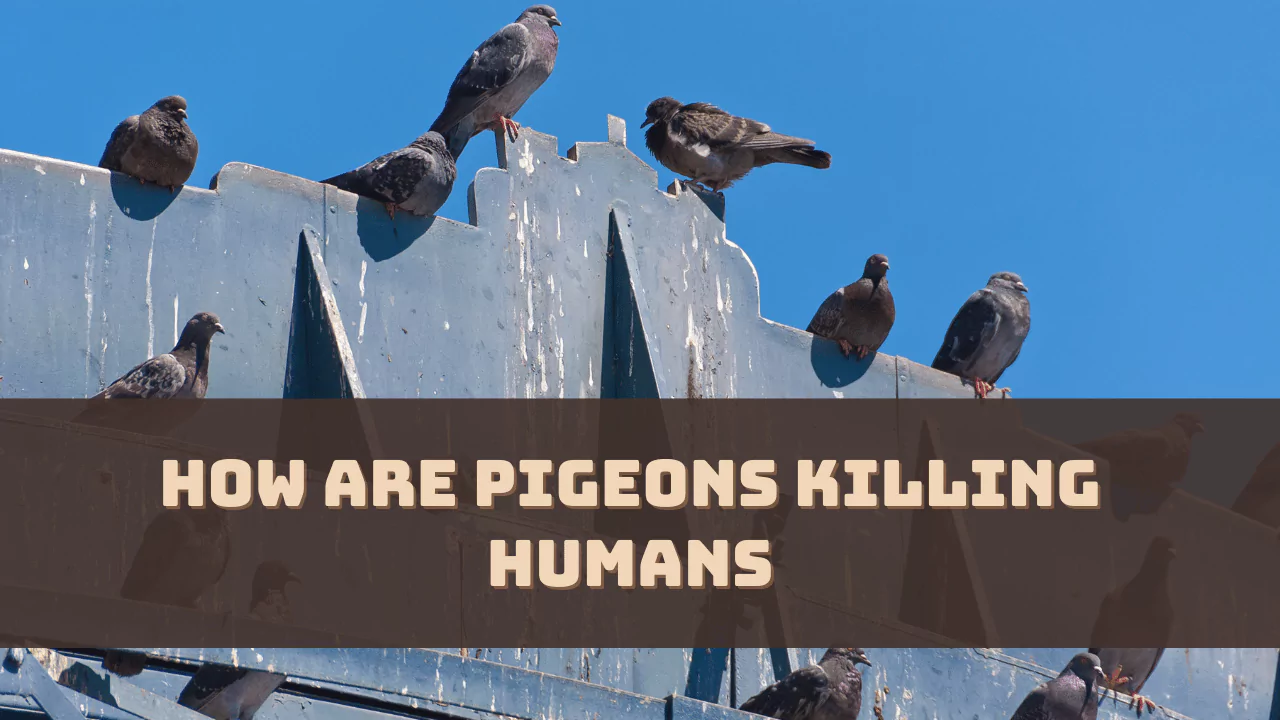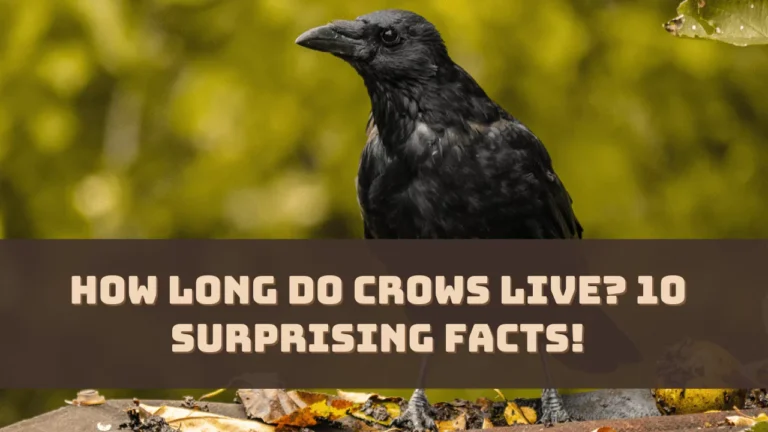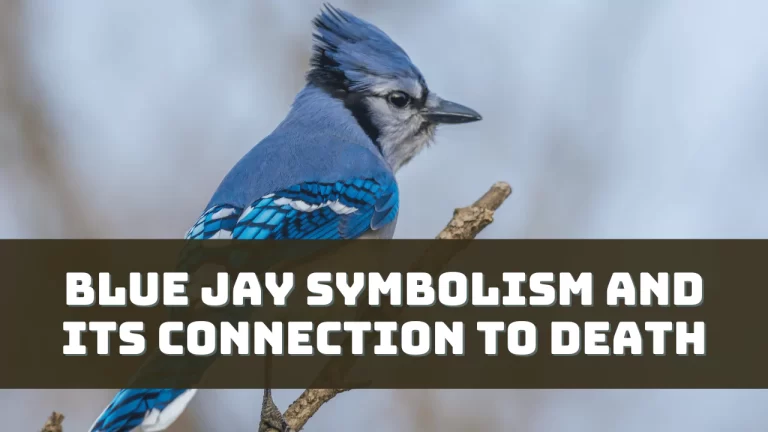Pigeons can kill individuals through disease spread, lung impairment, and other means. While unusual, these threats do exist. Pigeons are believed to carry more than sixty pathogens, which may lead to diseases. The feathers and excrement of pigeons also contain bacteria and fungi that can dry into a powder, which, when inhaled, can be extremely dangerous. The following explains the most serious threats to human health caused by pigeons.

1. Lung Diseases From Pigeon Droppings
The feces of a pigeon is harmful enough to cause lung problems in a person. Healthcare providers in Mumbai and Delhi have reported a 500% growth rate of hypersensitivity pneumonitis disease. This condition develops when an individual inhales dust particles from the remains of the excrement of a pigeon. Scarring of the lungs due to this disease makes breathing difficult. Death can occur due to the disease in the most severe of cases.
Besides this, droppings of pigeon spout histoplasmosis and cryptococcosis fungi. When the droppings dry, the feeble infection becomes spreadable through the air. Most people at risk are the elderly or sick with weakened immune systems. Such infections do occur – though rarely – but if they go untreated, they can prove to be fatal
2. Bird Flu Spread
Pigeons also can carry bird flu viruses like H5N1. This virus predominantly infects wild birds and some farm animals, but humans can also be infected. During 2024, H5N1 was recorded in U.S. cows. Subsequently, a few workers on the dairy farms reported illnesses. Ultimately, there was one death.
What is more concerning for the scientists is that H5N1 can evolve to spread easily among people. In this situation, H5N1 infection could actually result in a pandemic. Australia is on heightened alert for H5N1 because of its potential to decimate native wildlife and humans.
3. Other Infections
Pigeons carry Chlamydia psittac. This bacterium is responsible for psittacosis, which has symptoms like a cough, fever, and pneumonia. While most patients recover, it is still dangerous for certain groups of people.
Apart from that, pigeons also have mites and ticks which can latch onto humans and spread various diseases. Some examples include Lyme disease, which is spread by mice ticks. The extinction of the passenger pigeons, which fed on the mice’s acorns, has now resulted in a greater mouse population and more Lyme disease.
Why Are Pigeons a Problem?
This is a human-made problem. Pigeons rely on humans for food and places to live. Urban settings offer tall buildings to serve as nests and garbage for food. Many people try to ban feeding them, and as a result, pigeons are starving, which causes them to breed more.
Killing pigeons does not work. Towns such as Limburg in Germany killed pigeons, but studies indicate that culling them results in population growth. Other better solutions would be:
- Removing the eggs from some nests to control the populations.
- Blocking landing spots on buildings with spikes or coils.
- Stopping the feeding of pigeons so that they search for food elsewhere.
Pigeons and Public Infrastructure
Pigeons cause harm to structures like buildings, roads, and different infrastructural elements. The harm done could lead to unsafe environments for humans.
1. Building Corrosion
- Pigeon waste is acidic and eats away surface structures.
- Rooves and walls deteriorate over a period of time.
- In extreme cases, a ruined building may give way to destruction.
2. Traffic Accidents
- Waste creates a slippery layer across roads and sidewalks.
- Pigeon waste on an already wet surface helps a vehicle or bicycle to skid.
- This escalates the chances of accidents occurring.
3. Blocked Ventilation
- Pigeons tend to build pedestals in ducts or vents.
- The spaces between the buildings get blocked woefully, and air cannot be circulated.
- Inadequate ventilation brings forth issues related to respiration.
How are pigeons harmful to humans?
Pigeons can harm humans by causing lung infection and bird flu with droppings, feathers, or parasites. Additionally, they harm structures with their acidic droppings.
What happens if a pigeon touches you?
A pigeon touching you is almost certainly not dangerous. The remains of mites or ticks can be harmful, and so can the germs pigeons carry. Clean your hands afterward to lessen the probability of getting infected.
Is pigeon feeding causing lung disease?
Yes. When fed, Pigeons tend to gather in hoards. Their dried waste contains unsolicited dust particles. The excretion leads to lung ailments such as hypersensitivity pneumonitis.
What is the problem with pigeons?
Pigeons breed too much, which leads to the spreading of diseases, damage to properties, and causing dirt in the city. Their excretion alone is very costly to manage, and it brings rodents like mice alongside, which are responsible for spreading Lyme disease.
Why is feeding pigeons bad?
Feeding pigeons ensures humans provide their food so these birds do not have to search for it themselves, dependent on human beings. More birds cause more waste, germs, and rodents, as everything is abundant. This also leads to significant overcrowding in the area.
Conclusion
Pigeons are not a threat to human life, but the excreta and germs endanger a person’s health. Suffering from lung conditions, bird flu, and infections are at the top. The population of pigeons needs to be controlled by humans effectively to save themselves from the pigeons and pigeons themselves. A more responsible approach, such as cleaning up rubbish and blocking off nesting sites, could go a long way in saving lives.




